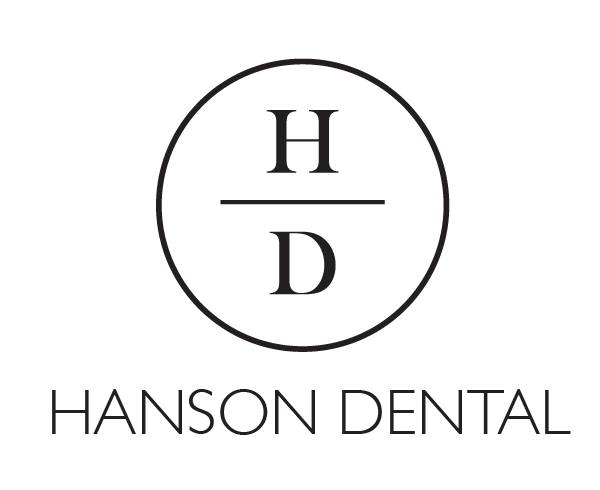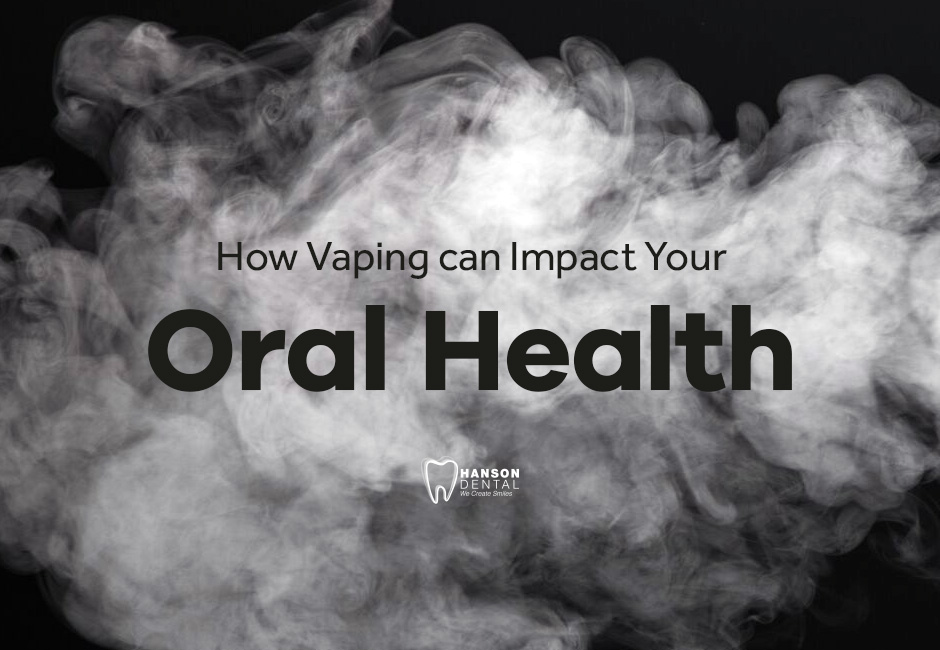The Problem with Smoking
Cigarettes and other forms of consumable tobacco are among of the most common and harmful vices out there. 90% of cases of lung cancer are caused by cigarette smoking, as well as 80% of deaths from chronic obstructive pulmonary disease. Smoking is responsible for nearly half a million deaths a year in the USA alone, meaning nearly one in five deaths is smoking related.
Alternative Forms of Tobacco
One might look at the various lung conditions caused by smoking and conclude that the problem is, “the smoke”. But other forms of tobacco don’t promise a risk-free vice. While non-inhalable forms of tobacco like snus and chewing tobacco aren’t as harsh on the lungs, they can cause their own share of problems. Using chewing tobacco infuses more of the addictive chemical nicotine into your system than smoking, creating a more intense addictive cycle. It’s also a risk factor for disease in your gums, tooth decay, tooth loss, and even oral cancer!
Vaping: Not Better
The rise of the electronic cigarette has been powered by innovation, novelty, and a general cultural shift toward healthier behavior. Early advertisements for e-cigs portrayed them as a simple, healthier, yet still indulgent alternative to “analog tobacco.” But in the last decade, vapes and e-cigs have taken on lives of their own, with shops marketing complex rigs and outlandish flavors popping up everywhere. And the most significant development in the vape industry, by far, has been the rise of the JUUL, a thumb drive shaped e-cig that packs a strong nicotine punch and has become frighteningly popular with teens.
Propylene Glycol
The liquid used in most e-cigarettes is often based on a clear liquid called propylene glycol, which was previous used primarily to produce polymers and liquid sweeteners. This substance, into which nicotine and various other flavorings are dissolved, breaks down into acetic acid, lactic acid, and propionaldehyde. All are toxic to the enamel and soft tissue of the mouth. On top of that, the water molecules in saliva and oral tissue can bond to the molecules of the propylene glycol, leading to long term dry mouth.
Vegetable Glycerin
Another common e-juice ingredient is vegetable glycerin, a substance previous applied mostly for pharmaceutical uses. In combination with the flavorings used in e-juice, it increases microbial adhesion to enamel by four times. Flavored e-liquids caused a demonstrable 27% decrease in enamel hardness. The viscosity of vegetable glycerine also enabled more of a bacteria that causes cavities to stick to softer teeth and gums.
The Bottom Line
With the potential risks of the impact of flavoring substances and nicotine on oral tissues, the risk of vaping is simply not worth the potential long-term damage that may occur. Our goal is to help you in achieving optimum oral health – should you have any questions about vaping or smoking and their affect on your teeth, please ask our dental team at your next visit.
Image credit: Chris_Tefme / iStock / Getty Images Plus

